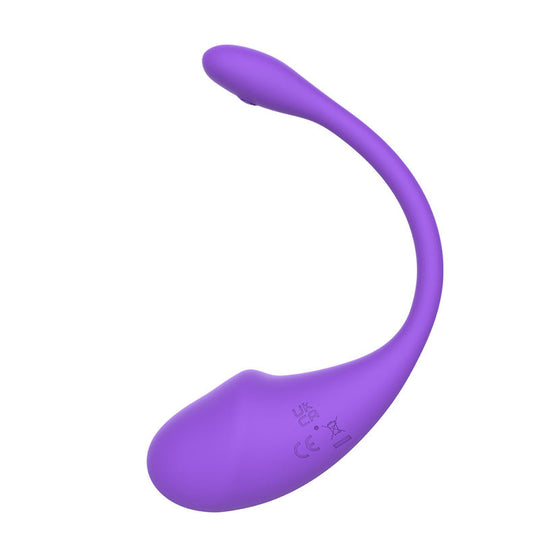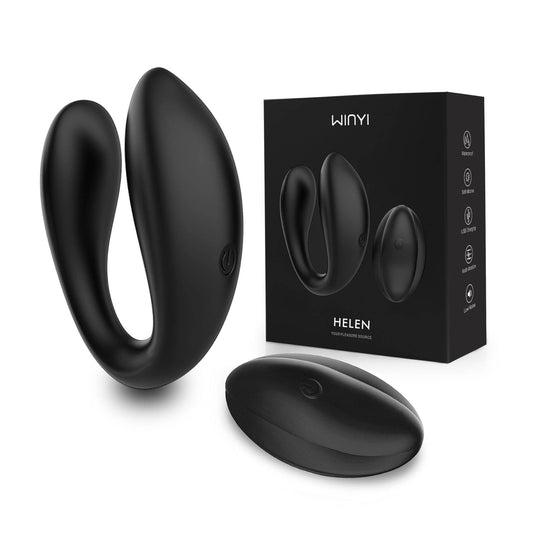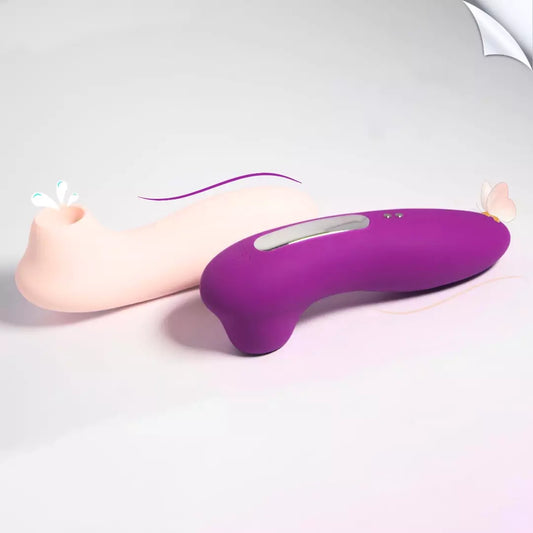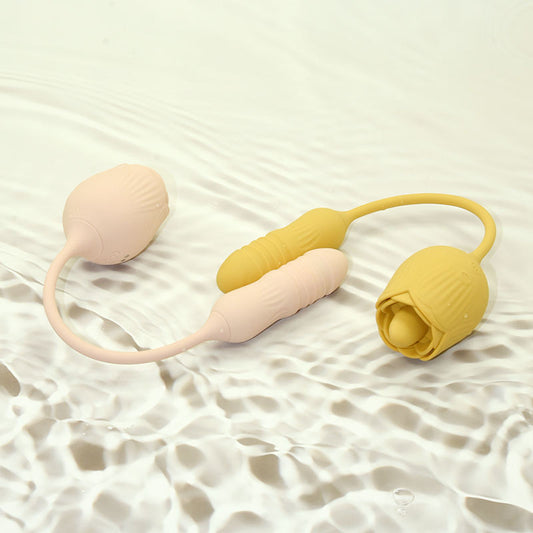Cutting or not cutting is a common and often controversial issue that females face. From the boardroom to the beach, the cutting or acceptance of the appearance of hair is scrutinized, debated, and frequently discussed.
This article examines the issues surrounding shaving, taking a look at its pros and cons, as well as the accepted norms of society as well as the ever-evolving debate over hair that women's bodies have.

Cultural and Social Beliefs
It's been observed that both social and cultural norms have played a huge impact on the way we perceive women's hairstyles.
While some hairstyles have been accepted by people who are a symbol of fertility and femininity and fertility, others have considered hairstyles to be unattractive or unattractive.
Nowadays, the pressure to adhere to specific standards of beauty is in place, and women are wrestling with the issue of shaving or not shaving.
Benefits of Shaving
The most commonly discussed reason for shaving is to achieve a soft, smooth skin that is free of hair.
Many women believe that shaving their legs beneath the arms and in other places gives the appearance of cleanliness and a refined appearance.
The sensation of running your fingers over silky, hair-free skin could be a source of pride and satisfaction for those who choose.
Personal Hygiene and Grooming
Shaving hair is generally thought of as an essential element of a healthy routine. A significant number of women think it vital to maintain the highest levels of sanitation.
Shaving off hair can help reduce the smell and also the amount of bacterial and sweat-related matter at specific places, which can lead to the feeling of cleanliness and freshness.
Beauty Perception With Social Standards

In spite of the ongoing debate about being able to have hair in your body, the social standards and standards for beauty demand hairless, or hairless, women.
A lot of women prefer shaving in order to comply with the standards established by society. They think that a hairless body is more appealing or attractive.
One of the advantages of shaving is its simplicity of use as well as its flexibility.
Contrary to other methods for removing hair, shaving is simple, fast, at convenient at-home shaving, allowing women to keep their preferred levels of shaving without having to schedule an appointment with a professional or do long preparations.
For specific workplaces or places with particular dress code requirements, removal of hair might be required or expected by ladies.
Shaving is an effective way to comply with these rules, especially at work or at workplaces where a tidy, neat appearance is a crucial necessity.
Drawbacks of Shaving
While shaving can be a temporary option to trim hair, it could cause skin irritation and also irritation caused by shaving or ingrown hairs.
These problems can be unpleasant, uncomfortable or even painful for those who have sensitive skin or rough or coarse hair.
A proper shaving technique and top-quality products can alleviate the problem. However, they are a problem for many ladies.
Inconvenient and Time-Consuming
Shaving is an extended process that requires regular maintenance. In the women that are the majority, shaving more frequently than one time every week, or even every day, is not a pleasant experience and may interrupt their life routine.
Time and the effort needed to shave could cause anxiety, especially for those who have to organize their lives and are confined to hours to spare.
Environmental Impact
Although it's frequently overlooked, shaving may impact the surroundings. Disposable razors produce lots of plastic waste as well and the manufacturing as well as disposal process of these items could have an impact on our environment.
For those who are concerned about the effects of shaving on the planet, shaving may be a cause for worry and is an incentive to think about sustainable alternatives.
Even using the most cautious approach and the finest razors, shaving can result in cutting cuts that hurt and could cause infections if they're not properly treated.
The risk is more severe for those with sensitive skin or who are often stressed in cutting.
It's a requirement to comply with social standards of aesthetics, and unattainable standards for hairstyles for women could be one of the major drawbacks to shaving.
A lot of women are forced to trim their hair as a result of the stigmas associated with social status and fear of being judged inconvenient or unsanitary if they opt not to.
The Alternative: Going Au Naturel

The past couple of years, we've witnessed an increasing acceptance of hair on the body, and the challenge to norms in our society.
A lot of women have decided to embrace natural hair and the natural growth of hair to their hair as a way to show their individuality and refuse to conform to the norms regarding the beauty of their bodies.
This can be a positive choice as well as a sign of the freedom that your hair has.
Personal Empowerment and Self-Acceptance
Women's choice to accept their hairstyle is an individual choice that is built on self-acceptance and not conforming to a set of aesthetics.
In accepting their appearance and accepting their hairstyle, they feel a sense of inner confidence, as they feel comfortable in their personas.
Challenging Societal Norms
The choice to go natural could be an effective method of challenging the social norms and expectations about hair growth for women.
In embracing the natural growth of their hair, women are challenging outdated opinions and beliefs, paving an welcoming and open society.
Self-Expression and Natural Beauty
The acceptance of hairstyles on the body is a means to show oneself and also a symbol of beauty and authenticity.
A lot of women are more comfortable with their hairstyles and appearance because it is an aspect of their character and a means to evade the demands of society in order to meet unrealistic beauty norms.
Ethical and Environmental Concerns
For those who are concerned about the effects of their choices on the environment caused by hair removal products and also ethical concerns associated with hair removal, choosing to use natural hair is a green and ethical decision.
By embracing their natural hair, women can reduce their carbon footprint as well as increase their affluence in their values.
Middle Ground: Waxing, Epilating, and Other Options

A waxing session is a very popular alternative to shaving that provides better results, lasts longer and has a softer and smoother surface.
However, it's not always pleasant and expensive, and may result in irritation of the skin, or hair ingrown in some individuals.
It's crucial to contemplate the benefits and negatives and also be aware of your skin's particular sensitivity prior to choosing the best method for the elimination of hair.
Epilating, or using an epilator device, is a different method of hair removal that provides more lasting results than shaving.
Although it is a bit painful, it is the most affordable and eco-friendly alternative to shaving or using other procedures for hair removal.
When you're looking for a method that is more durable in hair removal, lasers or lasers, as well as other removal methods that are professionally executed, it might be an alternative.
Although these techniques can be expensive and require numerous sessions, they offer the chance of permanent hair loss or even elimination.
It is crucial to learn and discuss with a professional prior to embarking on the plunge into this procedure.
Sugaring is a greener and more sustainable alternative to waxing that utilizes sugar-based powders for removing hair.
It is generally more gentle on the skin and is the ideal option for those concerned about the environmental impacts of traditional methods of removing hair.
Threading is an old-fashioned technique to eliminate hair. It is a technique of twisting cotton threads in order to eliminate hair from the face and other places. It's effective and non-invasive.
It's a good alternative for those who have sensitive skin or are looking for a more efficient method of getting rid of hair.
Personal Choice
The final shaving decision is taken by an individual who is influenced by personal choices in relation to cultural background, as well as personal opinion.
What's right for one woman might not be the right choice for another woman, which is why it's important to recognize and accept the diverse range of women's preferences regarding their bodies.
Although society's expectations and standards for beauty may be a major influence on females and women and women, women must find how to handle the demands of society as well as their personal preferences and health.
The acceptance of your body's autonomy, as well as the capacity to make decisions that are based on your beliefs and goals, is crucial to understanding this challenging matter.
Whatever choice is made, it's essential to recognize and respect women's rights in making their own decisions regarding their bodies.
The right to decide for themselves is a fundamental human right. Women should be able to make their own decisions without fear or judgment is crucial to ensure an inclusive and welcoming society.
While personal decision-making is the primary element, it's important to understand the impact that social pressures and peer pressures could have on women's decision-making.
Making sure that there's a secure place where women can feel confident and at ease with their choices and free of judgement or criticism is crucial.
Involving honest and open conversations about your hairstyles, body, and personal choices can help break down stereotypes and foster the concept of tolerance as well as respect.
Through sharing stories and personal experiences, women are able to assist one another and encourage an open and inclusive debate.

Conclusion
Discussions over shaving and removing female body hair are multi-faceted and complex issues. While cultural expectations and social norms about beauty standards have long impacted women's choices, there is a rising tendency to accept hair on the body despite disobeying conventional norms.
The decision to cut or shave your hair is an individual choice taken by the person and is determined by personal preferences and the culture and background of the person.
Suppose a woman chooses to shave or epilate or decides to opt to remove hair naturally or look into alternatives for removing hair. In that case, it is essential to acknowledge and appreciate the many choices women have in regard to the way they feel regarding their bodies through creating an environment that feels welcoming and empowering to create an environment that respects the uniqueness of our bodies, as well as the uniqueness of every woman.
Keep in mind that there's no universal method to remove and cut hair from the body. It's a decision made by each individual that requires you to balance the requirements of society and your individual preferences and needs.
The choice should be taken with confidence and trust. It's an issue of commitment to respecting women's rights across the globe.
While discerning the pros or cons of shaving may be difficult, it's important to approach the subject using a neutral perspective as well as open to different views.
Engaging in a discussion that is positive and respectful positive body image, it is possible to create an atmosphere that's warm and inclusive, allowing women to make decisions that align with their beliefs and values.
FAQs
Q1. Does it be considered to be a violation of the realm of hygiene for women to wear hair on their bodies?
The hair that is on your body can be a healthy and normal part of your body. A clean and healthy lifestyle is achievable no matter how you choose to shed hair or allow it to be part of the body.
The notion that hair on the body could be unsanitary is a widespread belief rooted in outdated standards for beauty and gender-specific guidelines.
Q2. What are some suggestions to help prevent the development of inflammation on your skin following shaving?
Use a top-quality sharp razor and cut in the direction of growing hair. Cleanse regularly and moisturize after shaving.
Applying gentle pressure on the area may help in preventing and treating hair growth that has grown. Also, don't wear clothes that are too tight. Allowing the skin to breathe following shaving could minimize irritation.
Q3. How often should women cut or shave their body hair?
There's no standard norm regarding when women should remove or cut hair from their bodies. It is determined by each person's pattern of growth in their hair, individual preferences, and the amount of hair that is removed.
Women may prefer to shave regularly, while some choose to have less regular hair removal or prefer natural human hair.







